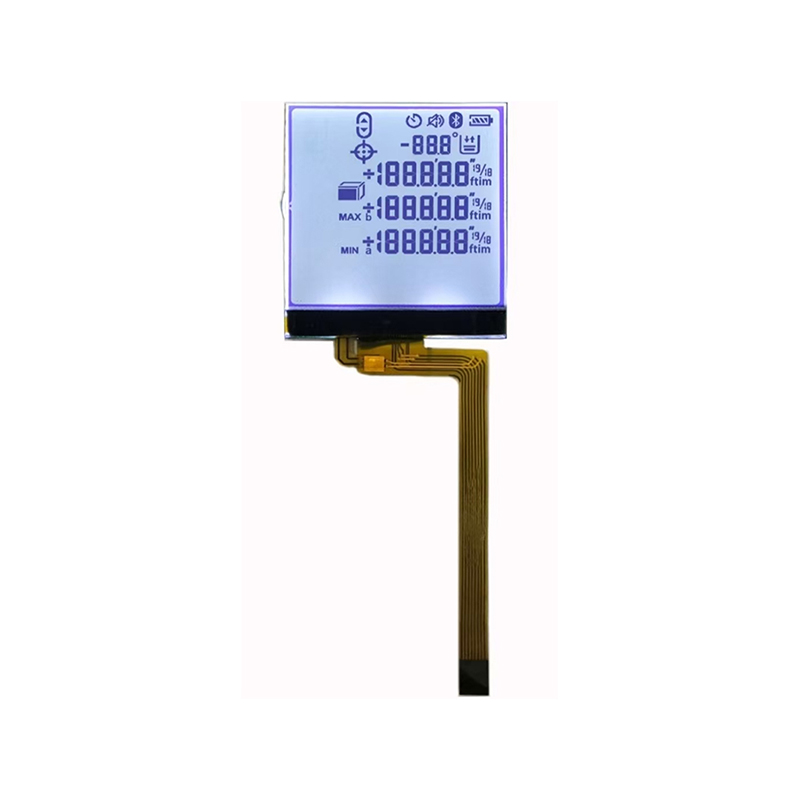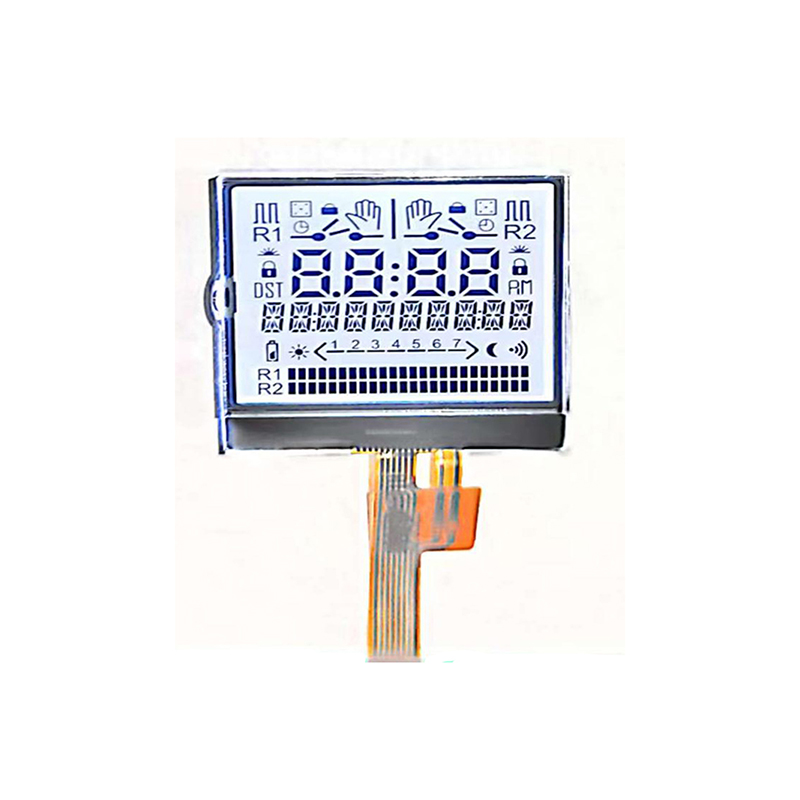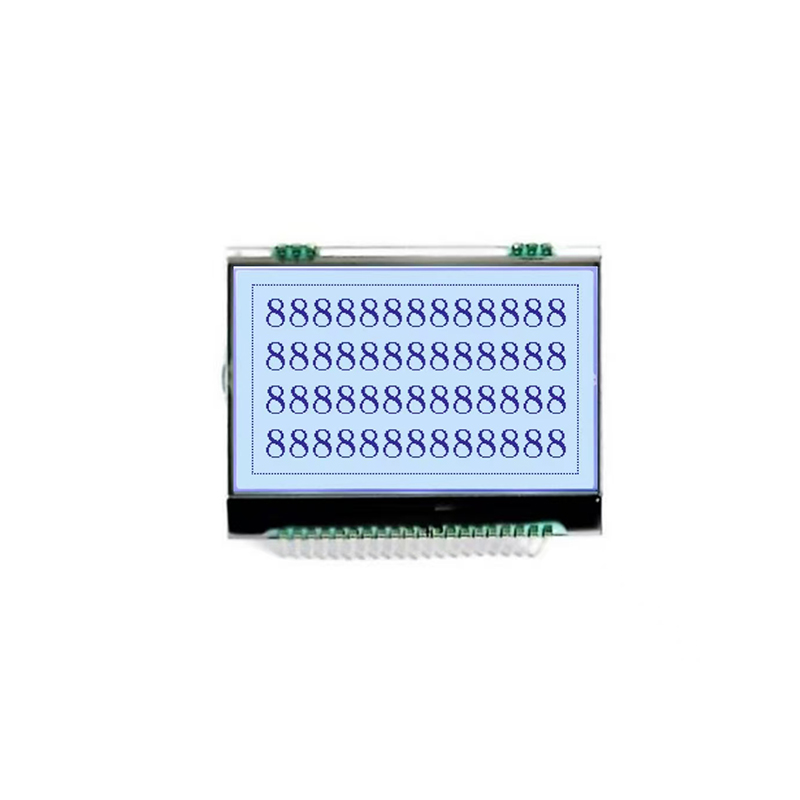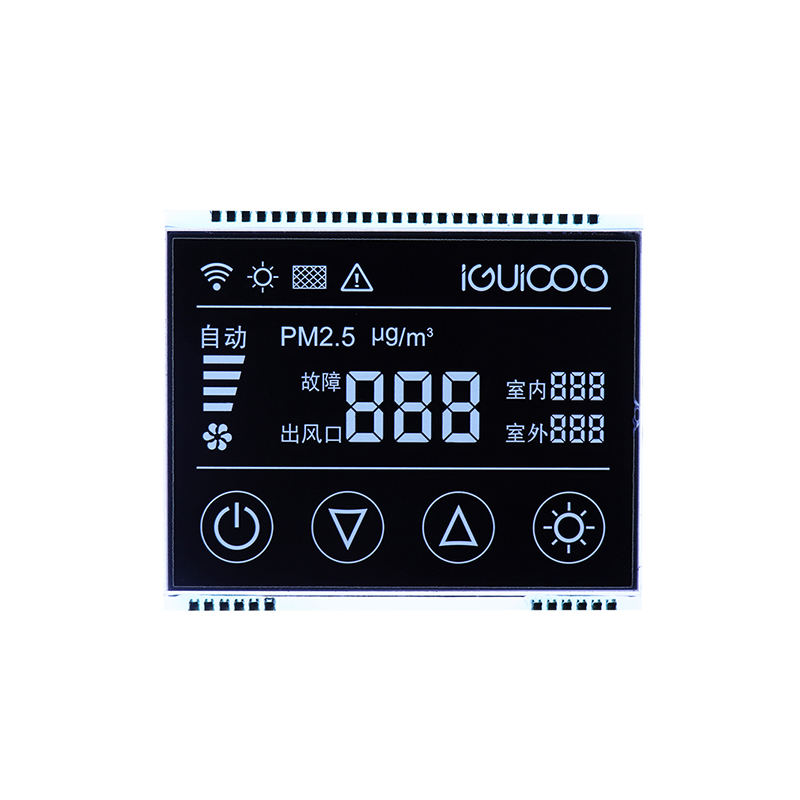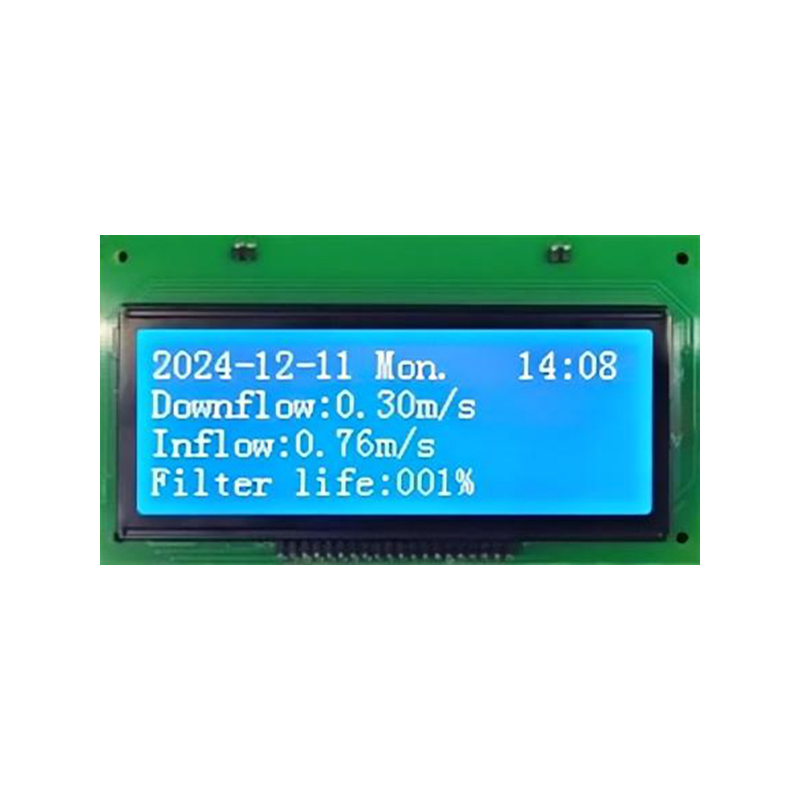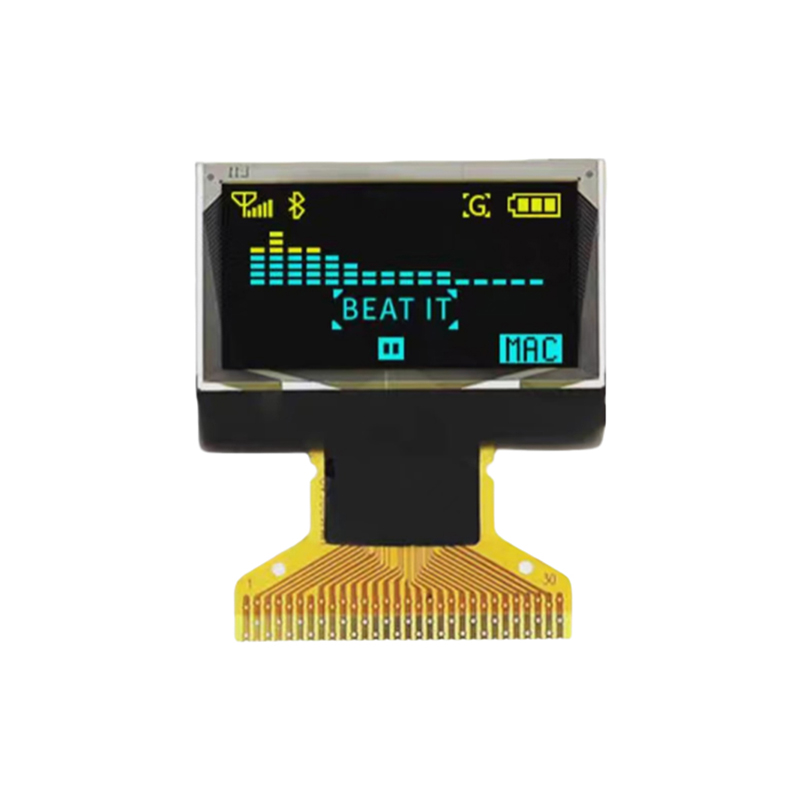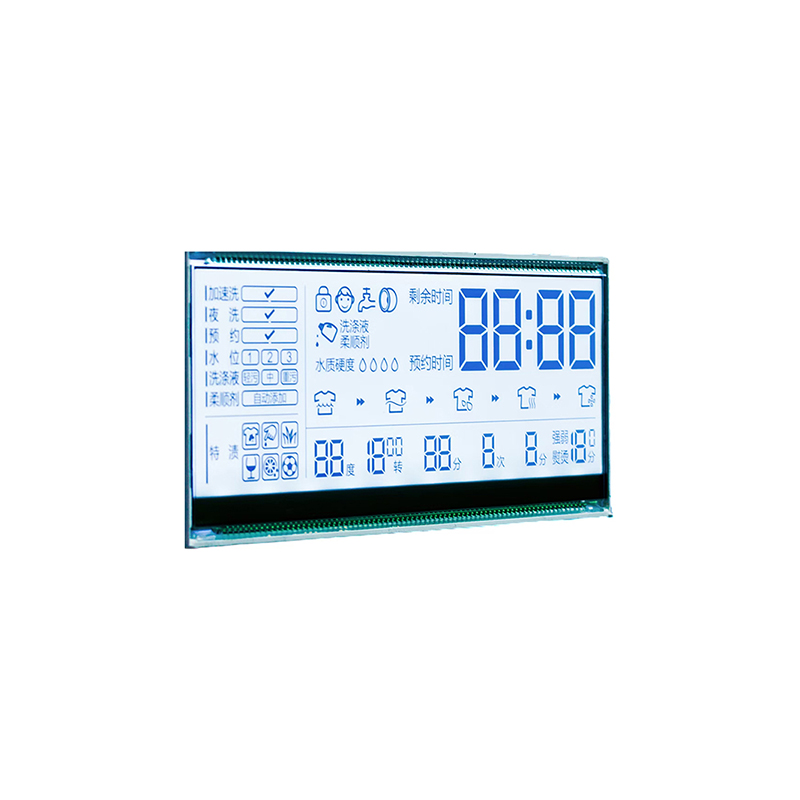
This guide provides comprehensive instructions on how to properly exit an Arduino LCD display program, covering various scenarios and techniques. Learn how to handle different LCD libraries and ensure a clean shutdown of your display. We'll explore efficient methods to prevent unexpected behavior and optimize your code for reliable operation.
Simply ending an Arduino LCD display program without proper cleanup can leave the display in an undefined state. This might manifest as strange characters, flickering, or complete unresponsiveness. A clean exit ensures the display returns to a known, predictable state, preventing issues with subsequent programs or interactions.
For basic programs, a simple `delay()` function before the program ends can suffice. This allows the display to complete its current operation before the program terminates. This method is best suited for simple applications where the exact timing of the exit isn't critical. However, it's not ideal for more complex programs or those requiring immediate termination.
void loop() { // Your LCD display code here... delay(1000); // Delay for 1 second before exiting}Most Arduino LCD display libraries provide functions like `lcd.clear()` to clear the display's content and `lcd.noDisplay()` to turn off the backlight or disable the display. Using these functions before exiting ensures a clean visual state and conserves power. For instance, the LiquidCrystal library commonly used with 16x2 displays supports these functions. Remember to adapt to your specific library.
#include LiquidCrystal lcd(12, 11, 10, 9, 8, 7); // Adjust pins as neededvoid loop() { // Your LCD display code here... lcd.clear(); lcd.noDisplay();} In more advanced applications, external events or interrupts might trigger the program's termination. You need to handle these situations gracefully. Within your interrupt service routine (ISR), include necessary cleanup steps for your Arduino LCD display, such as clearing the display or turning off the backlight.
For battery-powered projects, efficient power management is crucial. Turning off the Arduino LCD display's backlight when not needed is a simple yet effective way to extend battery life. Consider using functions like `lcd.noBacklight()` or equivalent functions from your LCD library.
The best approach depends on the complexity of your project and its power requirements. For simple applications, the `delay()` function might be sufficient. However, for more robust applications, using `lcd.clear()` and `lcd.noDisplay()` is recommended, ensuring a cleaner exit and improved user experience. For projects involving interrupts and external events, implementing proper cleanup within ISRs is essential. Remember always to consult your specific LCD library documentation for the correct functions and methods.
For high-quality LCD displays and components, consider exploring options from Dalian Eastern Display Co., Ltd. They offer a wide range of solutions for various Arduino LCD display applications.


